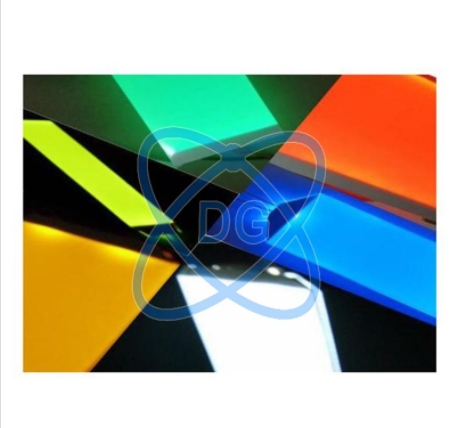How does an LCD backlight panel work?
LCD (Liquid Crystal Display) technology has become an integral part of our everyday lives, present in a wide range of devices such as televisions, computer monitors, smartphones, and digital signage. The vibrant and sharp images displayed on these screens are made possible by the clever implementation of backlighting. In this article, we will explore how an LCD backlight panel works and its crucial role in creating the visual experience we enjoy.
Understanding LCD Backlighting:
An LCD display consists of millions of tiny liquid crystal cells that act as individual pixels. These cells manipulate light to create images by either blocking or allowing it to pass through. However, liquid crystals themselves do not emit light; they rely on a backlight source positioned behind them to illuminate the display.
Components of an LCD Backlight Panel:
The LCD backlight panel is a critical component responsible for providing the necessary illumination for the liquid crystal cells to create visible images. It typically consists of three main elements:
Light Source: The backlight panel utilizes a light source, usually based on either LED (Light Emitting Diode) or CCFL (Cold Cathode Fluorescent Lamp) technology. LEDs have become the predominant choice due to their energy efficiency, longer lifespan, and superior color reproduction.
Light Guide Plate: Positioned behind the light source, the light guide plate plays a crucial role in distributing the emitted light evenly across the entire display area. It utilizes a combination of reflection, refraction, and diffusion techniques to ensure uniform brightness across the screen.
Diffuser: Placed on top of the light guide plate, the diffuser further enhances the light distribution by scattering the light in various directions. This diffusion process helps to eliminate any hotspots or areas of uneven illumination, resulting in a visually consistent display.
The Working Mechanism:
When an LCD display is powered on, the backlight panel activates, emitting light towards the rear of the screen. The light produced passes through the various layers, including the diffuser and the light guide plate. As it progresses, the light undergoes multiple reflections and refractions, enabling it to reach every pixel on the screen.
Meanwhile, the liquid crystal cells within each pixel control the passage of light. When an electrical charge is applied, the liquid crystals align in a specific manner, allowing the light to pass through and create a visible pixel. Conversely, when no electrical charge is applied, the liquid crystals obstruct the light, resulting in a dark pixel.
The Importance of Backlight Control:
To enhance the image quality and provide the desired viewing experience, LCD displays incorporate backlight control mechanisms. These controls allow for adjustments such as brightness, contrast, and dynamic backlighting. By modifying the intensity of the backlight, the display can achieve a wider color gamut, deeper blacks, and improved overall visual performance.
Conclusion:
The LCD backlight panel serves as the backbone of LCD technology, enabling the creation of vivid and captivating visuals. By understanding its essential components and working mechanism, we gain insight into the intricate interplay between light and liquid crystals that produces the images we see on LCD displays. As technology continues to advance, we can expect further refinements in backlighting techniques, resulting in even more remarkable visual experiences across a wide range of devices.




